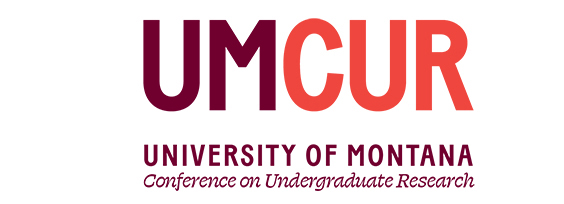Oral Presentations
Moose Winter Habitat Use on Monument Ridge, Wyoming
Project Type
Presentation
Faculty Mentor’s Full Name
Hannah Specht
Faculty Mentor’s Department
Wildlife Biology
Abstract / Artist's Statement
It is important to investigate the effects of forest management on non-target species which may be detrimentally affected by management for other species. The Bridger-Teton National Forest is conducting thinning and prescribed burning of forest stands on Monument Ridge in western Wyoming to promote aspen regeneration for mule deer and elk habitat and to reduce the risk of wildfire near urban areas. As a significant remaining patch of mixed conifer forest after the 2018 Roosevelt Fire, which burned nearly 65,000 acres, Monument Ridge is thought to be an important location for wintering moose. However, the effects of this management on moose in the area are unknown. Conifer removal may be detrimental to overwintering moose since conifer cover reduces snow depth and decreases energetic costs of movement across a landscape. Increased cover may also serve as a thermal refuge and create a cooler microclimate during warm periods. We used photos from 24 motion-triggered camera traps to assess moose use of thinned and wildfire-burned sites relative to untreated areas over the 2021–2022 winter, from October 1 to April 30. We hypothesized that moose occupancy will be positively-related to conifer cover and negatively-related to burned landscapes.
Category
Life Sciences
Moose Winter Habitat Use on Monument Ridge, Wyoming
UC 326
It is important to investigate the effects of forest management on non-target species which may be detrimentally affected by management for other species. The Bridger-Teton National Forest is conducting thinning and prescribed burning of forest stands on Monument Ridge in western Wyoming to promote aspen regeneration for mule deer and elk habitat and to reduce the risk of wildfire near urban areas. As a significant remaining patch of mixed conifer forest after the 2018 Roosevelt Fire, which burned nearly 65,000 acres, Monument Ridge is thought to be an important location for wintering moose. However, the effects of this management on moose in the area are unknown. Conifer removal may be detrimental to overwintering moose since conifer cover reduces snow depth and decreases energetic costs of movement across a landscape. Increased cover may also serve as a thermal refuge and create a cooler microclimate during warm periods. We used photos from 24 motion-triggered camera traps to assess moose use of thinned and wildfire-burned sites relative to untreated areas over the 2021–2022 winter, from October 1 to April 30. We hypothesized that moose occupancy will be positively-related to conifer cover and negatively-related to burned landscapes.
